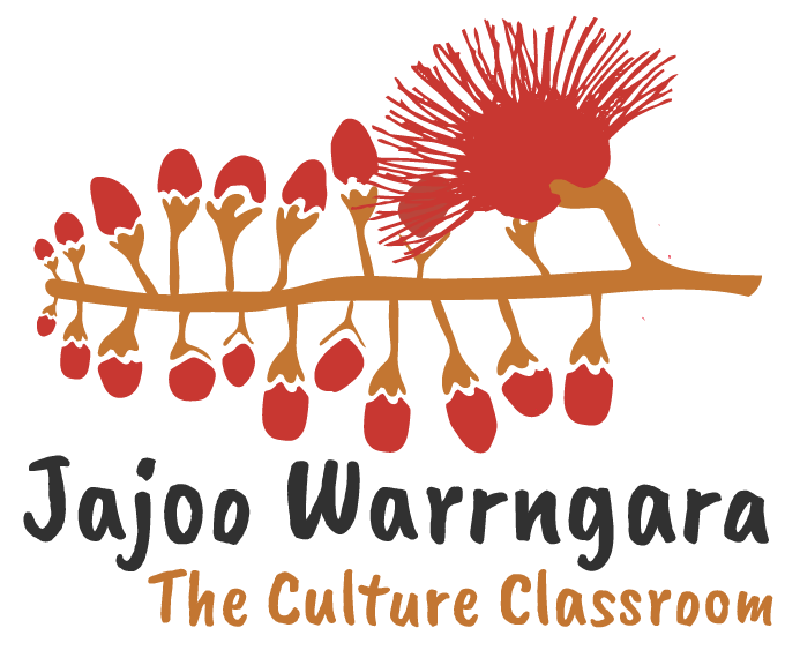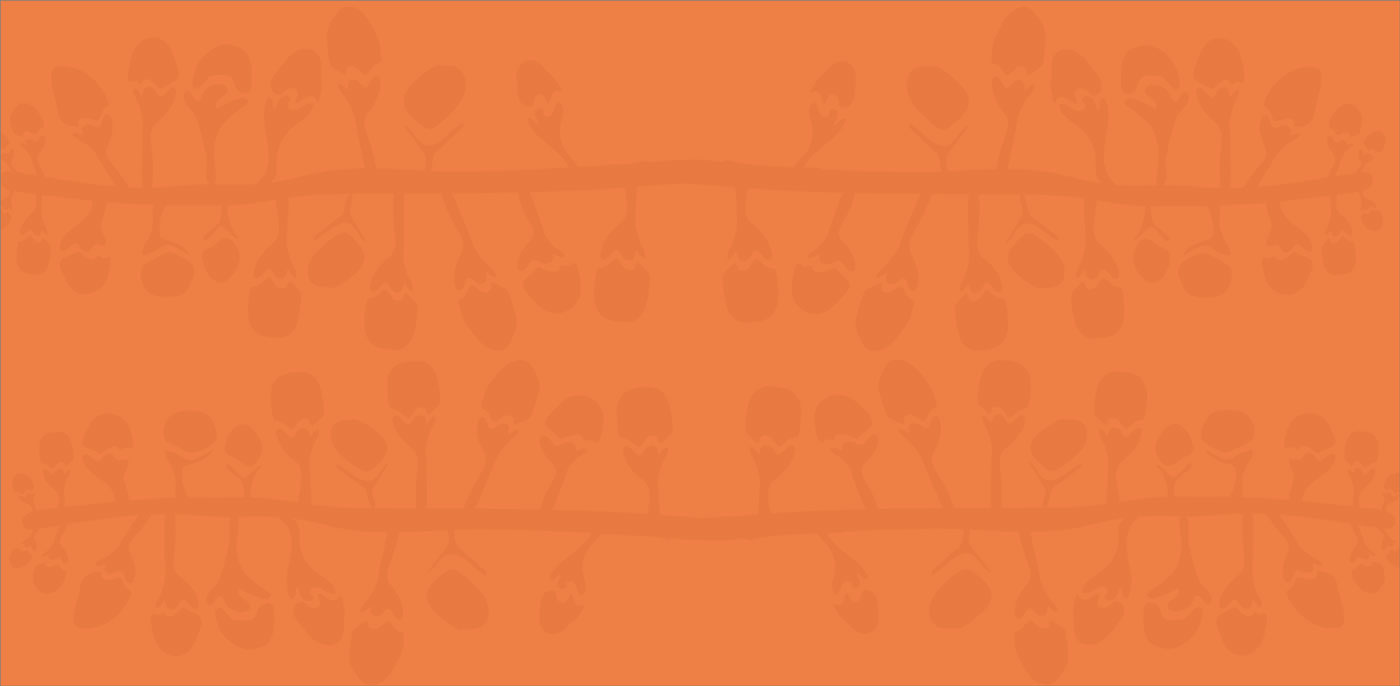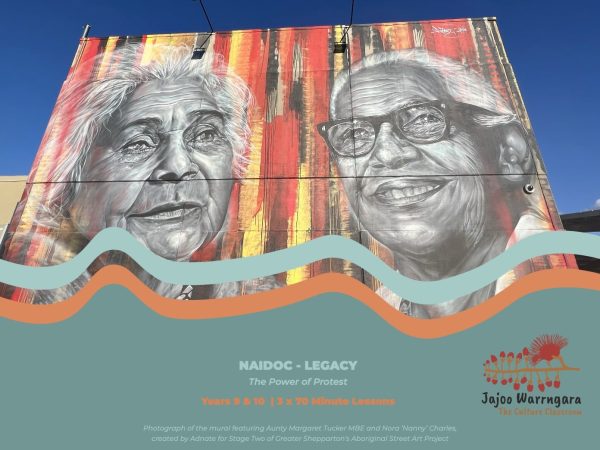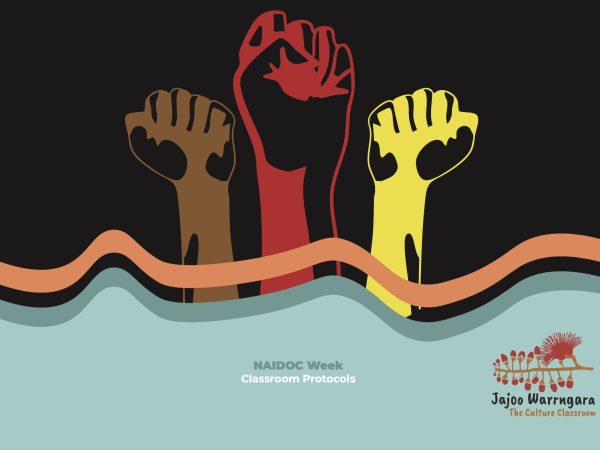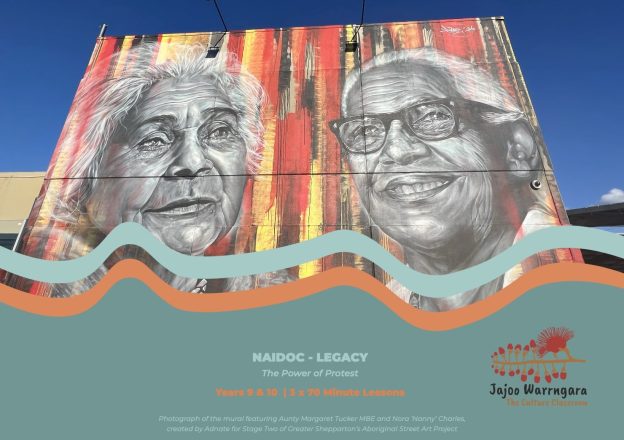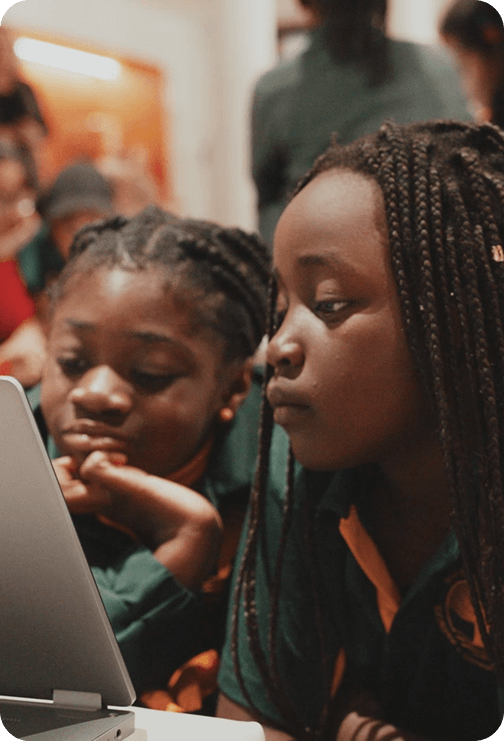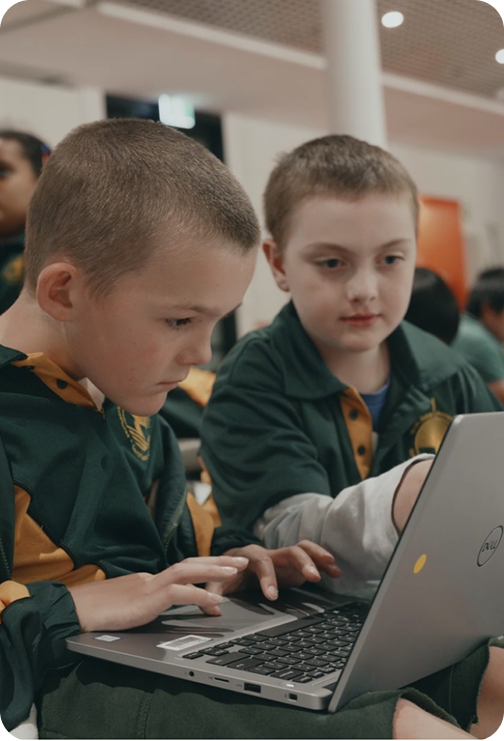Learning Areas
English | History | Visual Arts | Civics and Citizenship | Music
In this unit
Students are introduced to the role of protest in shaping society and explore how protest has been used to challenge injustice and spark change across Australia and globally. Students research protest as both political and creative expression, and are supported to develop their own artistic responses to issues they care about today.
This unit includes:
Learning Areas
General Capabilities
Cross Curriculum Priorities
Aboriginal and Torres Strait Islander Histories and Cultures
Related Units
Unit Content
